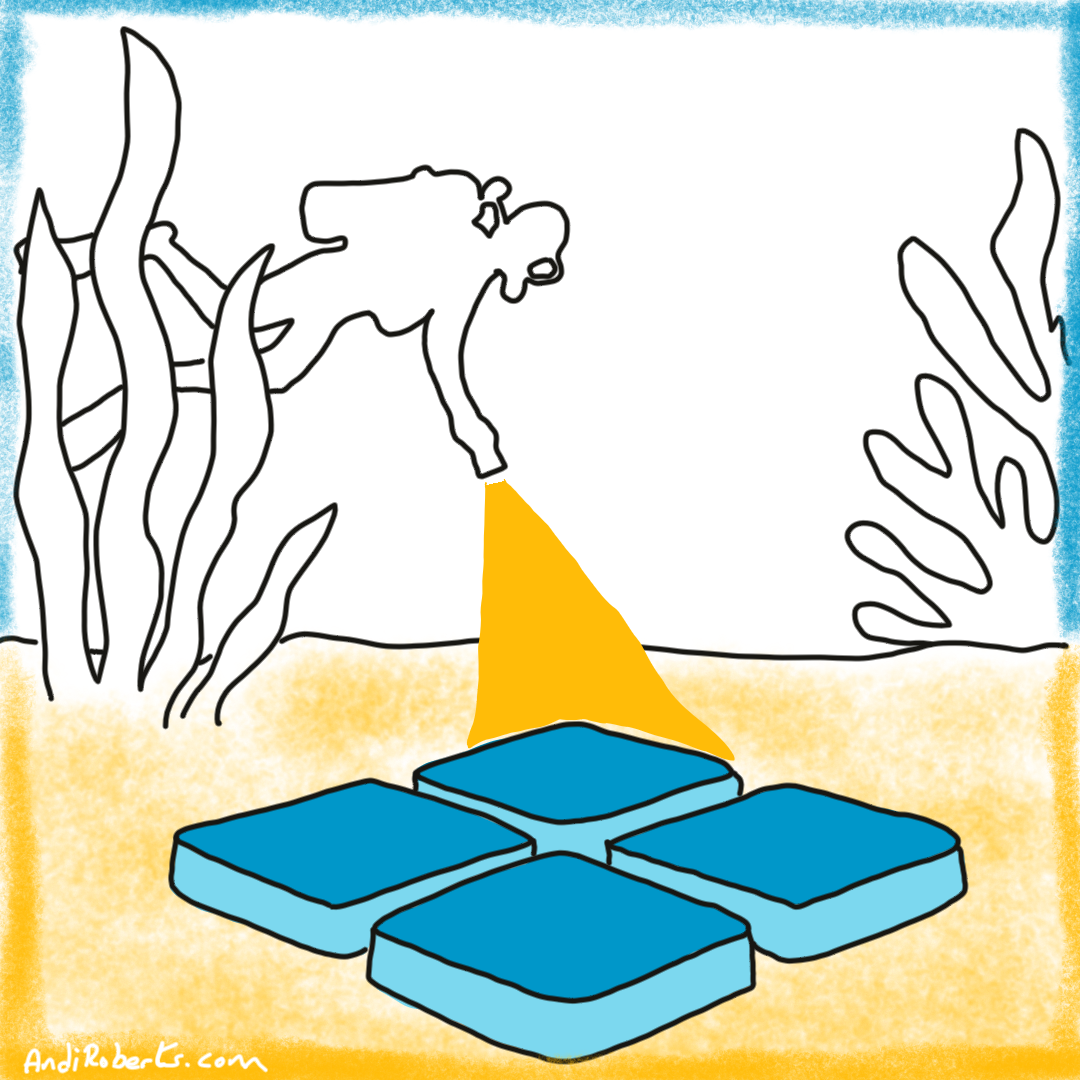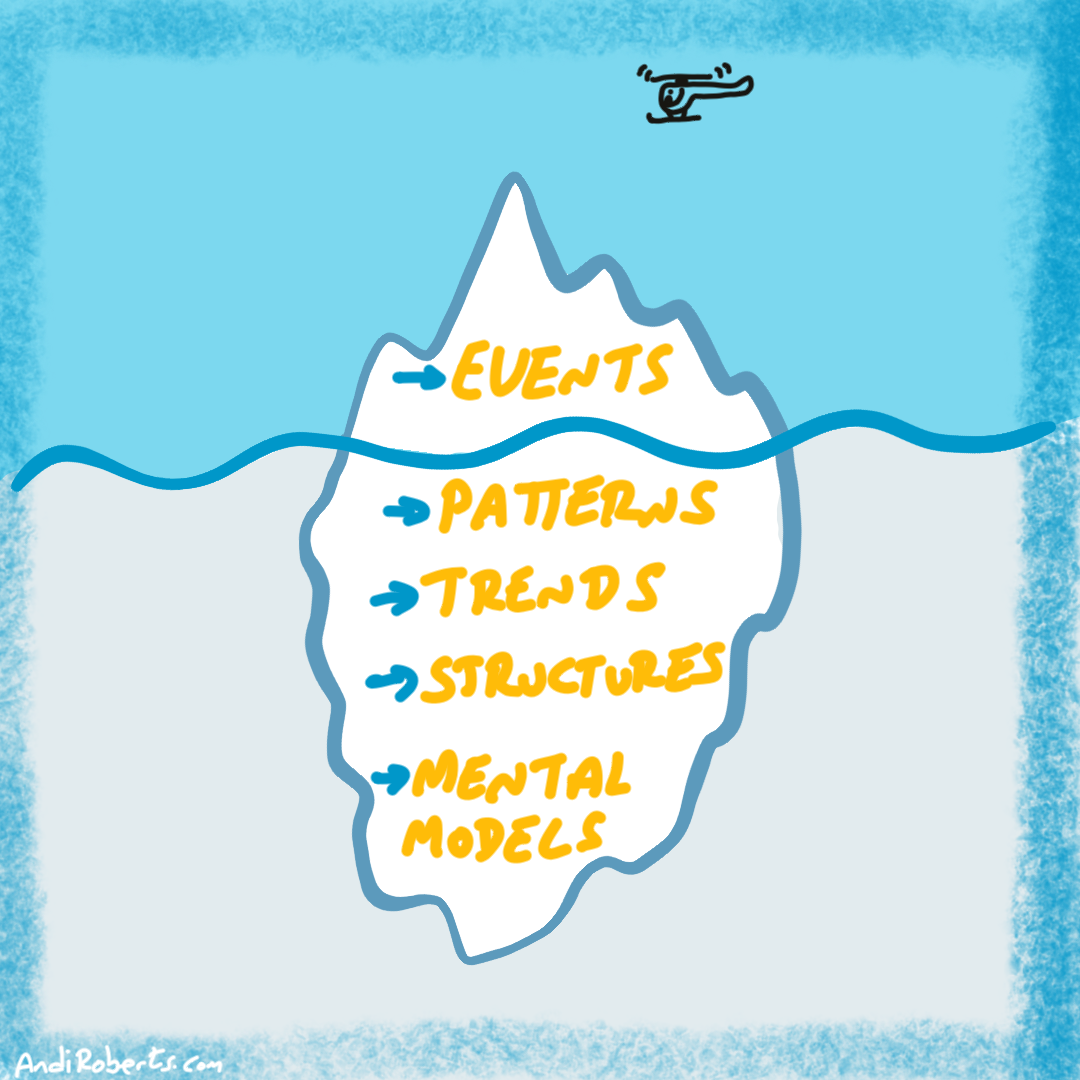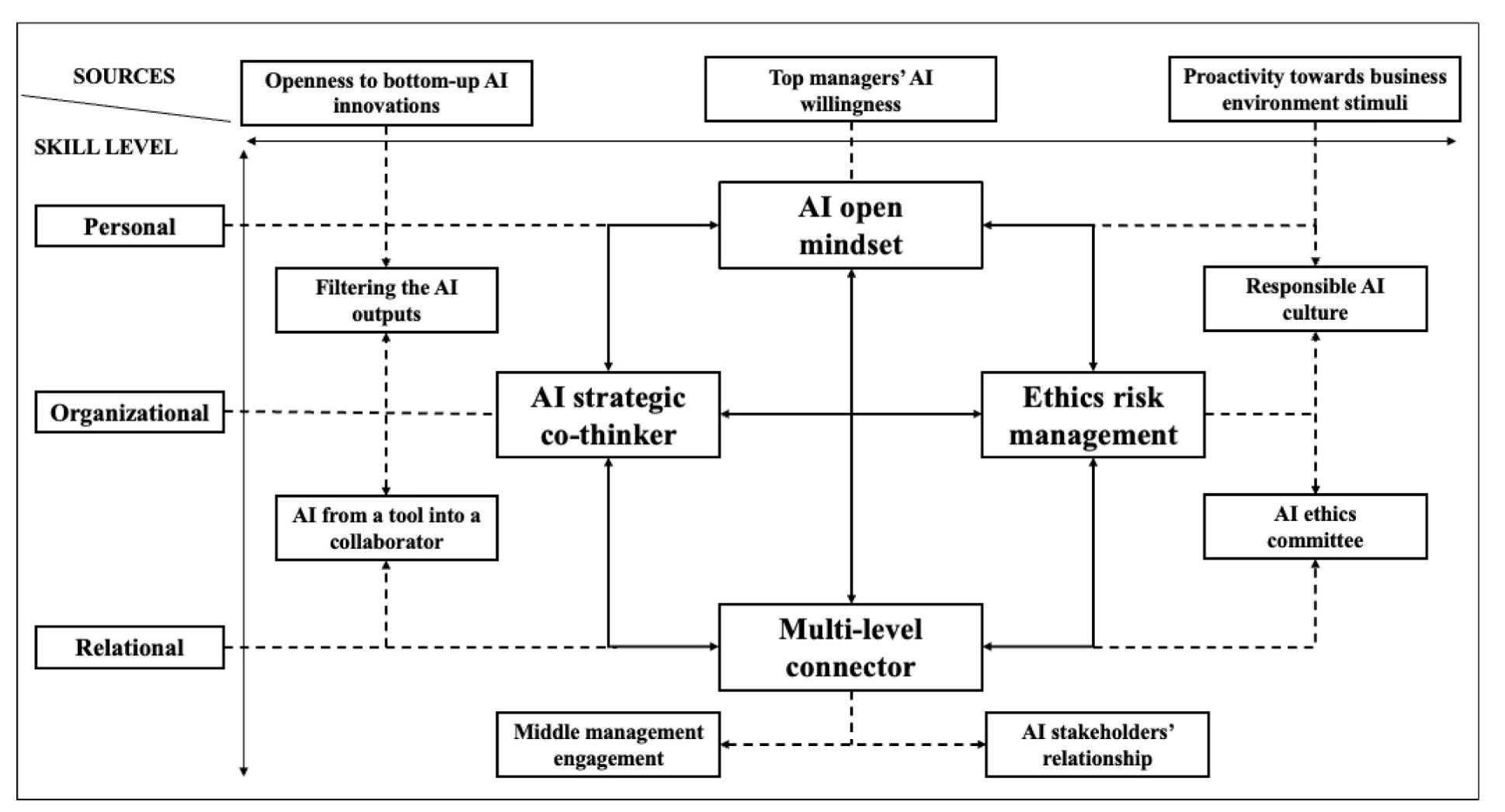In every organisation, leaders spend time and energy on matters they cannot control. Markets shift, colleagues leave, funding changes, and technology reshapes work faster than strategy can adjust. These events are not optional. Yet the way leaders meet them determines the tone and trust of the culture around them. The circle of control, first articulated by Stephen Covey (1989), remains one of the most enduring frameworks for personal leadership because it invites a simple but radical act: to notice what lies within our influence, and to choose response over reaction.
This post revisits Covey’s idea through a leadership lens. It connects ancient philosophy with contemporary psychology and practice. It argues that maturity in leadership is not found in increasing control but in deepening awareness, and that stewardship, the capacity to act with care for what we hold, begins in attention.
From concern to control: redefining leadership focus
Covey described three concentric zones that capture where we direct our attention. The circle of concern includes everything that worries or affects us. The circle of influence covers areas we can shape indirectly. The circle of controlcontains what we can directly decide or act upon. His essential insight was that effective people devote most of their time to the inner two circles, expanding influence by acting from control (Covey, 1989).
The distinction is easy to understand and hard to live. Leaders often find themselves pulled into the outer circle such as industry shifts, political developments, or the behaviour of others. These concerns matter, yet excessive focus there breeds anxiety and blame. Over time it creates cultures of complaint: meetings filled with analysis and little ownership.
Epictetus, writing nearly two thousand years earlier, expressed the same truth: “Some things are in our control and others not” (Enchiridion, c. 125 CE). His Stoic view held that freedom lies in recognising this boundary. Julian Rotter’s (1954) research later gave the idea empirical shape, showing that people with an internal locus of control, those who believe outcomes depend on their actions, demonstrate higher resilience and adaptability. Both perspectives remind leaders that control is psychological before it is practical.
To operate from the circle of control is to accept agency. It means defining leadership not as directing events but as directing attention.
The inner discipline of ownership
Owning one’s response is the first discipline of leadership. It is the moment when a leader moves from being shaped by circumstances to shaping the meaning of those circumstances. Peter Block (2013) calls this stewardship: choosing service over self-interest and replacing the wish for authority with the will to be accountable. The leader’s task is not to manage every variable but to model presence, to show how to stay conscious amid uncertainty.
Daniel Goleman (1998) described this as emotional intelligence: the ability to notice and regulate emotions in service of purpose. When a leader pauses before responding to provocation, they teach everyone in the room how to act under pressure. This pause is not weakness; it is the hinge between stimulus and intention.
In coaching conversations, this practice often begins with noticing internal dialogue. When tension arises, ask: What story am I telling myself right now? This question moves energy from reaction to reflection. It turns emotion into data. In that space, options appear that were invisible seconds earlier.
Viktor Frankl (1946) captured this discipline after surviving the camps: between stimulus and response there is a space, and in that space lies freedom. Leadership begins there.
The psychology of attention
Neuroscience now supports what philosophers intuited. When we fixate on uncontrollable concerns, the brain’s limbic system dominates, releasing stress hormones that narrow perception. When we refocus on controllable actions such as preparation, dialogue, and reflection, the prefrontal cortex re-engages, restoring clarity and creativity.
Mindfulness training reinforces this mechanism. By observing thoughts without attachment, leaders build the capacity to distinguish between the event and their interpretation of it. Saying “I feel anxious” rather than “I am anxious” introduces distance and restores choice. Attention becomes a lever of leadership.
Rotter’s (1954) findings on locus of control still resonate. Teams led by individuals with an internal locus display higher collaboration and learning. They interpret setbacks as feedback, not fate. In contrast, leaders with an external locus, those who attribute outcomes to luck or others, spread helplessness. Attention, once again, becomes contagious.
The culture of control versus the practice of stewardship
Many organisations reward the illusion of control through tight reporting, exhaustive plans, and metrics that promise predictability. These systems comfort leaders but rarely create commitment. Block (2013) argued that such control is a subtle form of patriarchy, a structure that trades genuine partnership for compliance. When leaders claim responsibility for everything, they unconsciously disempower others.
True stewardship reverses this. It invites people into ownership rather than dependency. It shifts language from my team to our work. In this frame, the circle of control is not a private boundary but a shared practice. Teams ask together, What is ours to do?
In facilitation, this often takes the form of mapping what a group can influence versus what it cannot. Post-it notes on a wall, as simple as they seem, surface the difference between complaint and choice. When teams see that most energy is spent outside their control, they can redirect it inward. What follows is not naïve optimism but disciplined realism: a commitment to act where action matters.
Practising the circle: leadership in motion
Working within one’s circle of control is not about withdrawal from the world but engagement with clarity. The following sequence helps leaders bring the concept to life.
-
Name the event honestly. Describe what has happened without judgement or story. This grounds conversation in fact.
-
Separate concern from control. Ask, Which parts of this can I directly affect? Mark the rest as concern, not neglecting it but choosing proportion.
-
Define the desired influence. Within what remains, identify where dialogue, relationship, or example can extend impact.
-
Act deliberately. Take small, visible steps that reinforce agency. Momentum, not magnitude, expands the circle.
-
Reflect and recalibrate. After action, review results. What shifted? What stayed the same? Reflection keeps learning alive.
In coaching practice, these steps often surface emotional resistance. Leaders worry that narrowing focus might appear passive. In truth, it models maturity. It says to teams, “We cannot control the market, but we can control how we prepare, how we communicate, and how we support each other.” Over time, this stance builds trust and credibility, the quiet power of consistency.
Expanding influence through relationship
The circle of control grows not by command but by relationship. Block (2024) writes that leadership now means convening connection rather than performing heroism. Influence travels through trust. Goleman (1998) found that the emotional tone of a leader accounts for most of a team’s performance variance. When leaders respond with steadiness, others feel safe enough to contribute honestly.
Trust is particularly fragile in virtual or hybrid settings, where distance magnifies misunderstanding. Yet even here, attention is decisive. Asking, “What is going on between us right now?”, a question drawn from Block’s relational consulting work, restores presence in digital rooms. It converts technology back into relationship.
The more leaders cultivate these micro-moments of authenticity, the wider their circle of influence becomes. Control does not expand through authority but through relational capital.
When the circle shrinks
There are times when control truly is minimal: economic downturns, sudden illness, organisational restructuring. In such moments, the circle may feel painfully small. Yet it never disappears. Frankl (1946) insisted that even in extreme deprivation, one retains the freedom to choose attitude.
For leaders, this might mean choosing transparency when tempted to hide, or empathy when pressure invites blame. These are moral acts of control. They turn limitation into integrity. As Block (2013) reminds us, stewardship is moral work, the courage to act responsibly for the tone we create, regardless of circumstance.
The moral dimension of control
Responsibility literally means the ability to respond. Leadership therefore is less about direction and more about discernment, about choosing responses aligned with values. Each reaction teaches the organisation what is acceptable. Calm breeds confidence; irritation breeds fear. Over time, responses accumulate into culture.
Kouzes and Posner (2012) note that credibility is the foundation of leadership. People may forgive mistakes of judgement but not breaches of respect. The circle of control becomes moral architecture: every choice, however small, contributes to the ethical texture of a workplace.
When leaders focus on what they can truly control, their clarity, tone, and follow-through, they model a form of integrity that outlives their tenure.
Sustaining the mindset
Covey (1989) described proactivity as acting from principles rather than moods. Sustaining it requires rhythm. Many leaders build short daily rituals: a morning reflection, a brief pause before meetings, or an end-of-day review. Others keep a “control journal”, noting which concerns dominated attention and which actions restored focus.
Coaching and feedback also sustain awareness. Inviting colleagues to observe when you drift into the circle of concern turns learning into partnership. Over time, this collective mindfulness creates resilient cultures.
The aim is not perfection but presence. Each return to the circle is a reaffirmation of agency.
The circle as a collective practice
Although this essay focuses on personal leadership, the circle of control naturally extends to teams. When a group regularly distinguishes between concern and control, it avoids blame and reclaims initiative. Team meetings shift from “Why is this happening to us?” to “What can we do now?” This small linguistic turn can transform morale.
Block (2024) calls this relational activism: citizens or employees taking responsibility for what they hold in common. The same applies within organisations. A team that chooses ownership over dependency becomes a community of possibility rather than a community of problems.
The discipline of attention
At its heart, the circle of control is not a diagram but a discipline of attention. It asks leaders to notice where their mind dwells and to make a deliberate choice. Attention is finite; where we place it shapes both perception and outcome.
Leaders who master this discipline radiate steadiness. They are not untouched by difficulty but unconsumed by it. Their calm signals safety; their focus invites others into accountability. They remind us that leadership is not about controlling the world but about controlling how we meet it.
In a culture that rewards reactivity, this is counter-cultural work. It is also the work that endures.
Questions for reflection
-
In your current role, where do you spend most of your mental energy: in the circle of concern, influence, or control?
-
When pressure rises, what patterns of reaction take over, and what would it look like to pause before responding?
-
What small daily practice could help you return attention to what you can genuinely control?
References
Block, P. (2013). Stewardship: Choosing Service over Self-Interest (2nd ed.). San Francisco: Berrett-Koehler.
Block, P. (2024). Leader as Convener. Cincinnati: Designed Learning.
Covey, S. R. (1989). The Seven Habits of Highly Effective People. New York: Free Press.
Epictetus. (*c.*125 CE). Enchiridion.
Frankl, V. E. (1946). Man’s Search for Meaning. Vienna: Youth Publishing House.
Goleman, D. (1998). Working with Emotional Intelligence. New York: Bantam Books.
Kouzes, J. M., & Posner, B. Z. (2012). The Leadership Challenge (5th ed.). San Francisco: Jossey-Bass.
Rotter, J. B. (1954). Social Learning and Clinical Psychology. Englewood Cliffs, NJ: Prentice-Hall.
NOTE. This essay revisits a concept I first explored in 2014, when I wrote about Stephen Covey’s Circle of Concern and Circle of Influence. Over the years, I’ve come to see this idea not only as a tool for productivity but as a discipline for leadership. This new version expands the earlier reflection, connecting it to emotional intelligence, stewardship, and the moral work of attention in today’s organisations. The image used in this article is from a copy of that article to this domain. I have also written about it in THIS article also.





Leave A Comment